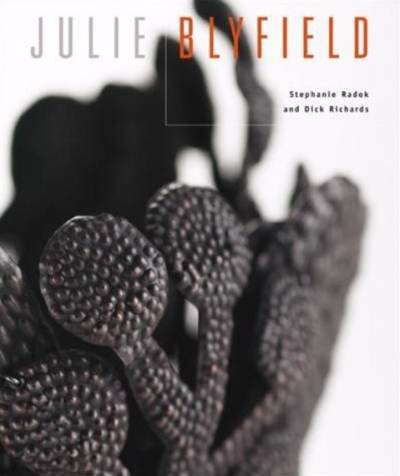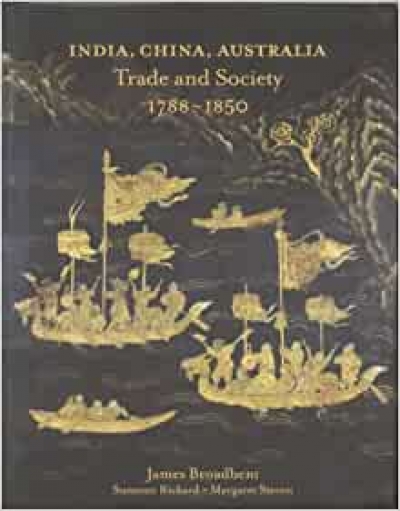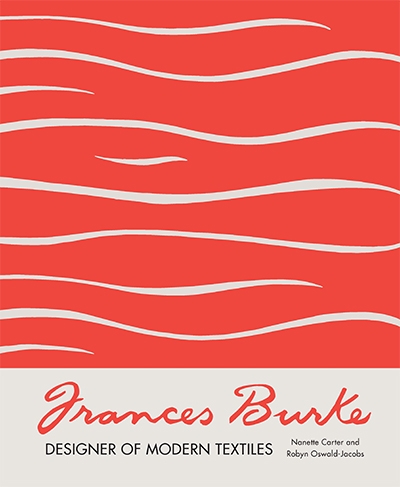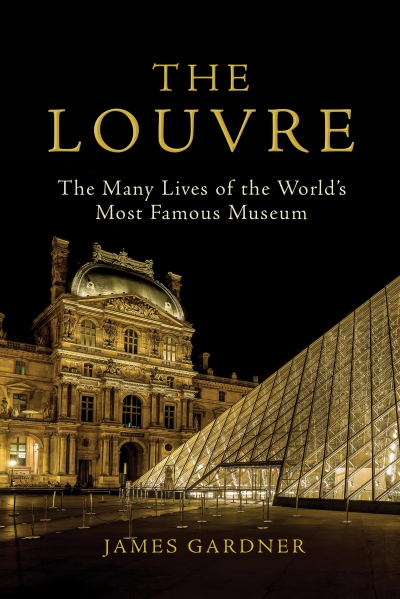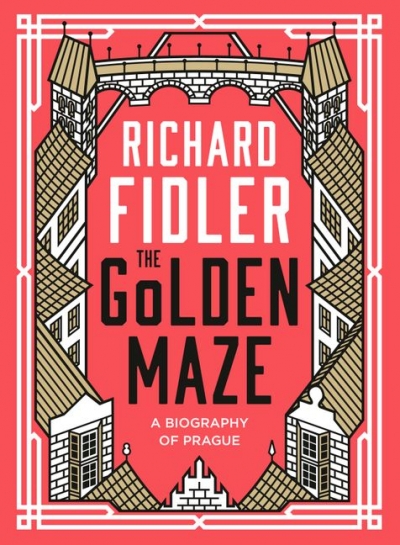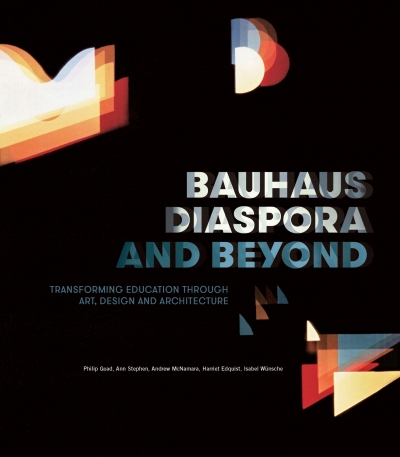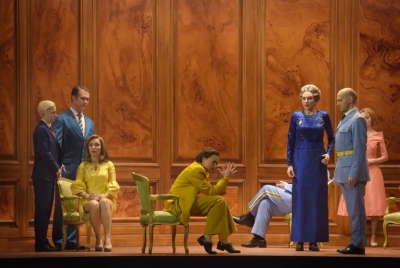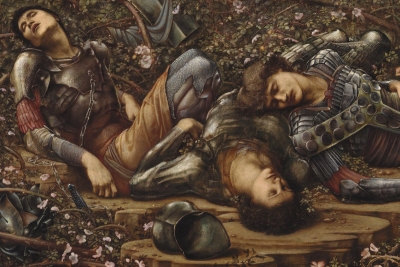Christopher Menz

Christopher Menz is a former Director of the Art Gallery of South Australia. He has published on the design work of William Morris and Edward Burne-Jones, and is a regular contributor to ABR.
Studies of nineteenth-century decorative arts in Australia have largely focused on objects – furniture, silver, ceramics – produced in Australia for the home market, rather than on a systematic study of imports. The design sources for Australian-made furnishings during the nineteenth century were mostly British; this is also reflected in Britain’s being the principal source of exports to Aus ... (read more)
Australia’s regional galleries hold rich collections that demonstrate a powerful communal need to collect and display art. Victoria’s regional cities, in particular, are notably well endowed with public art collections and handsome buildings to house them. The gold rush towns were at the forefront in establishing public art galleries: the first, in Ballarat, was founded in 1884; Bendigo follow ... (read more)
Frances Burke (1904–94) was the leading textile designer in Melbourne from the 1940s to the 1960s. Her modernist furnishing fabrics, preferred by architects, interior designers, department stores, and homemakers, were popular in domestic and commercial interiors, and her reputation was national. Her design skills were complemented by a good head for business and her command of all aspects of pro ... (read more)
If Australian art has sometimes been perceived as wanting in style and opulence, recent art museum exhibitions and monographs examining the art and artists of the Edwardian era tell another story and reveal that there is abundant glamour in Australian art. The Edwardians (2004) and George W. Lambert Retrospective (2007) – both from the National Gallery of Australia – and Bertram Mackennal (Art ... (read more)
Although most of the ten million annual visitors to the Louvre think of it as an art museum and former royal palace, for much of its history it has performed other functions. The Louvre has also played a defining role in many events in French history. Its raison d’être in the Middle Ages was as a fortification in the then most westerly part of Paris. Transformed into a royal palace during the s ... (read more)
On May Day 1955, two years after his death, a colossal memorial to Joseph Stalin was unveiled on a prominent site north of central. Towering above the city and containing 14,000 tons of granite, it was the largest statue of the dictator ever created. Stalin was depicted at the head of a representative group of citizens, dubbed by some as a bread queue. Otakar Švec, a prominent Czech sculptor, had ... (read more)
Amid all the hoopla surrounding the centenary in 2019 of the Bauhaus – naturally more pronounced in Germany – it is gratifying to see such a fine Australian publication dealing with the international influence of this short-lived, revolutionary art and design teaching institute. Bauhaus Diaspora and Beyond – written by Philip Goad, Ann Stephen, Andrew McNamara, Harriet Edquist, and Isabel W ... (read more)
This year is huge for the Opéra National de Paris. It celebrates the 350th anniversary of the founding of Académie Royale de Musique in 1669, the thirtieth anniversary of the inauguration of the Opéra Bastille in 1989, and the 150th anniversary of the death of Hector Berlioz. Les Troyens (The Trojans) opened the 1990 season at the Bastille, so it was fitting that a new production, directed and ... (read more)
Sir Edward Coley Burne-Jones, Baronet, (1833–98) to give him his full entitlement, is an artist who polarises people. Some relish his otherworldly and imaginative narrative subjects, the rich and saturated palette, the sumptuous decorative surfaces. Others respond in the same way as one of the ‘vivid young moderns’ overheard by artist Robert Anning Bell. At the mere mention of Burne-Jones’ ... (read more)

